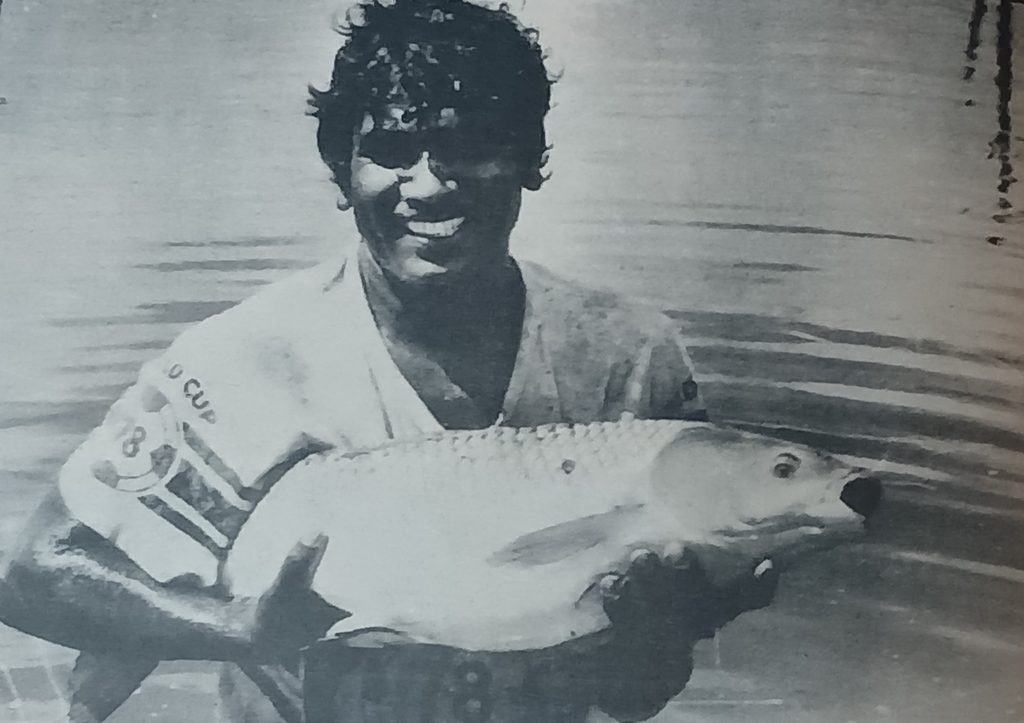The aquaculture section of the Fisheries Division based at Naduruloulou in Kasavu, outside Nausori, finally succeeded in its efforts to induce grass carp, Ctenopharyngodon idellus, to spawn locally.
And when the first batch of eggs from one spawner were hatched, it produced about 200,000 hatchlings, stated an article published by The Fiji Times on February 22, 1985.
An elated officer Jone Vasuca who was in charge of the station, regarded the achievement as a breakthrough in the grass carp project, which was a major component of the Japanese-aided aquaculture development program
“This means that we will no longer need to import fertilised eggs and fingerlings from New Zealand to hatch and breed at Naduruloulou,” Mr Vasuca said.
“Moreover, it will facilitate our efforts to increase the number we can release into our rivers, not only as a weed control measure, but also as a source of protein.
“We now have a very clear picture of what we are doing and have also realised the little things we overlooked in the past, which resulted in our failures.”
Such a position has been achieved following the supervision by Japanese experts Dr Kafuku and Mr Morimoto, both of whom were stationed at Naduruloulou.
Grass carp was originally introduced into Fiji with the hope they would assist in controlling the excessive growth of exotic river weeds, as proved in other parts of the world.
Although grass carp were successful in controlling weeds in our rivers, it was known that they would not breed naturally in Fiji. To induce them to spawn so they had to be injected with pituitary hormones.
This had been a major part of the work at Naduruloulou, but work in this field was met with only limited success. At the end of 1979, the station succeeded in obtaining fertilised eggs from carps reared at Naduruloulou, but they did not survive because of the poor quality of water.
The spawner that successfully produced the 200,000 hatchlings being nurtured at Naduruloulou was one of the 20 that survived the 1980 Easter floods.



